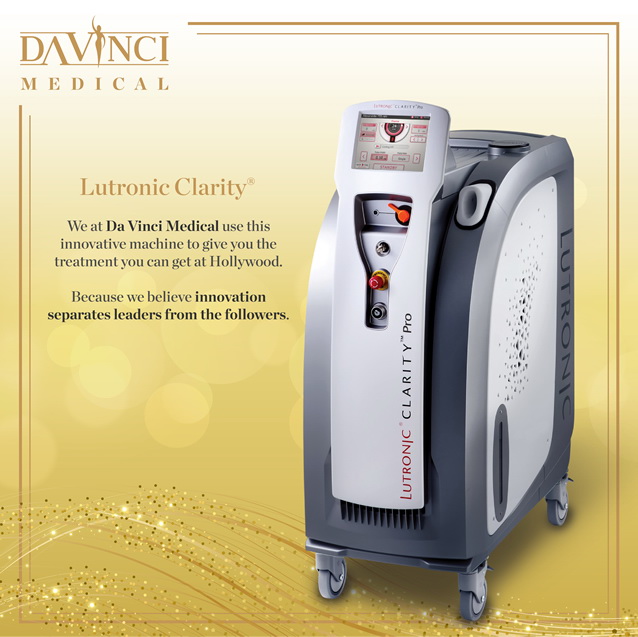Spider Veins, Varicose & Telangectasia Clarity Lutronic LP Laser


Solution
Treatment of veins depends on the principle of selective photothermolysis; the proper wavelength is applied, and the light energy is absorbed by the chromophore (in this case hemoglobin) and converted to heat which breaks up coagulated blood. Surrounding tissue remains undamaged. In many cases numerous sessions are required to maximize results.
To successfully treat veins one must carefully apply energy to break up coagulated blood but spare surrounding tissue. This can be more or less difficult depending on each patient’s individual characteristics such as skin color or the presence of other competing chromophores.
Practitioners can account for these characteristics by adjusting treatment parameters such as fluence, pulse width, and repetition rate to maximize delivery of energy (for better results) and minimize patient discomfort. Many devices are limited in their utility because the different parameters cannot be adjusted independently (if at all). Understandably, treatment of darker skin is more challenging due to the higher concentration of melanin in the skin as a competing chromophore; in those cases treatment may be too painful or cause burning.

-
Procedure Time 30-60 mins
-
Downtime Skin Redness
-
Anaesthesia Numb Cream
-
Result Duration Permanent (Required few sessions)